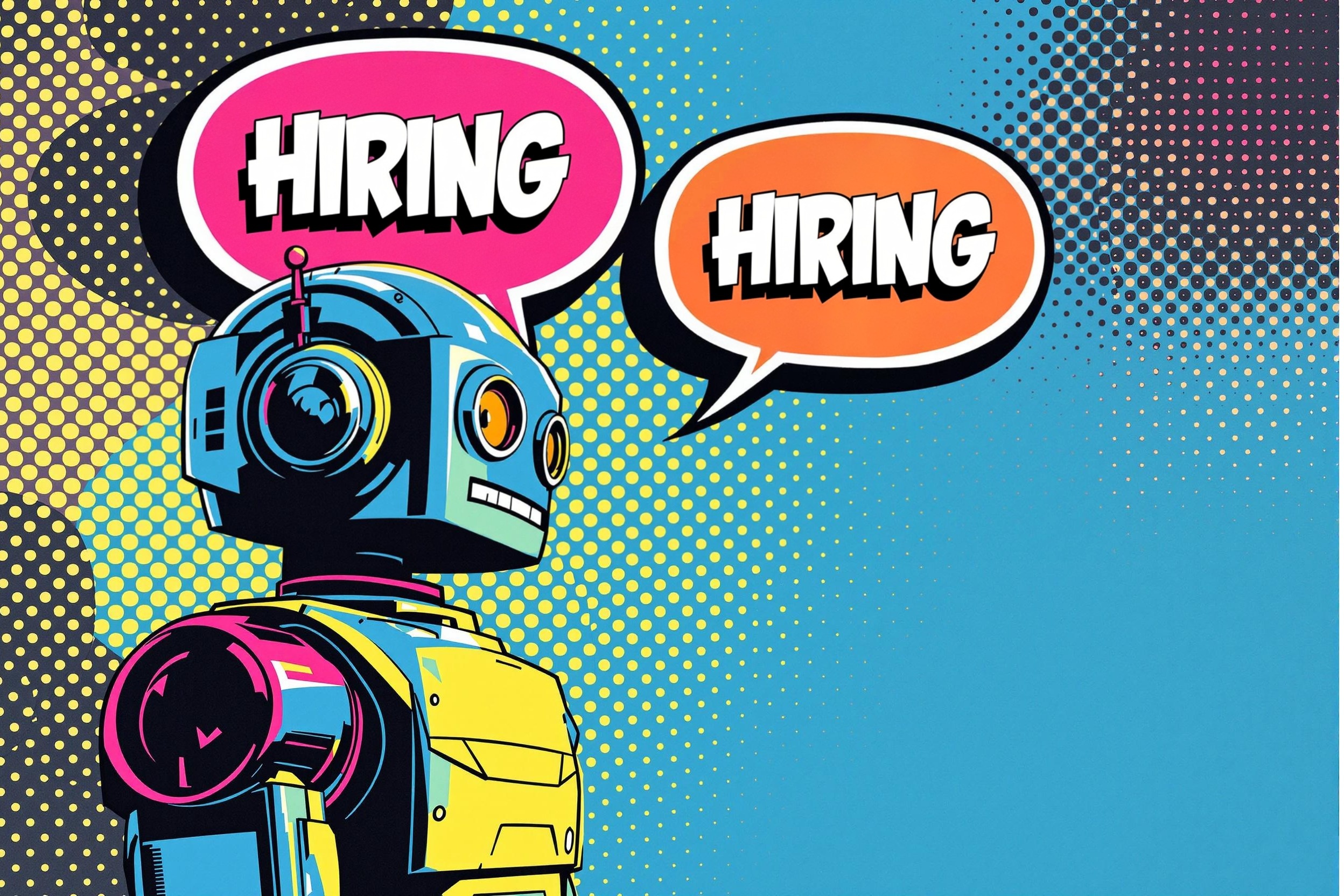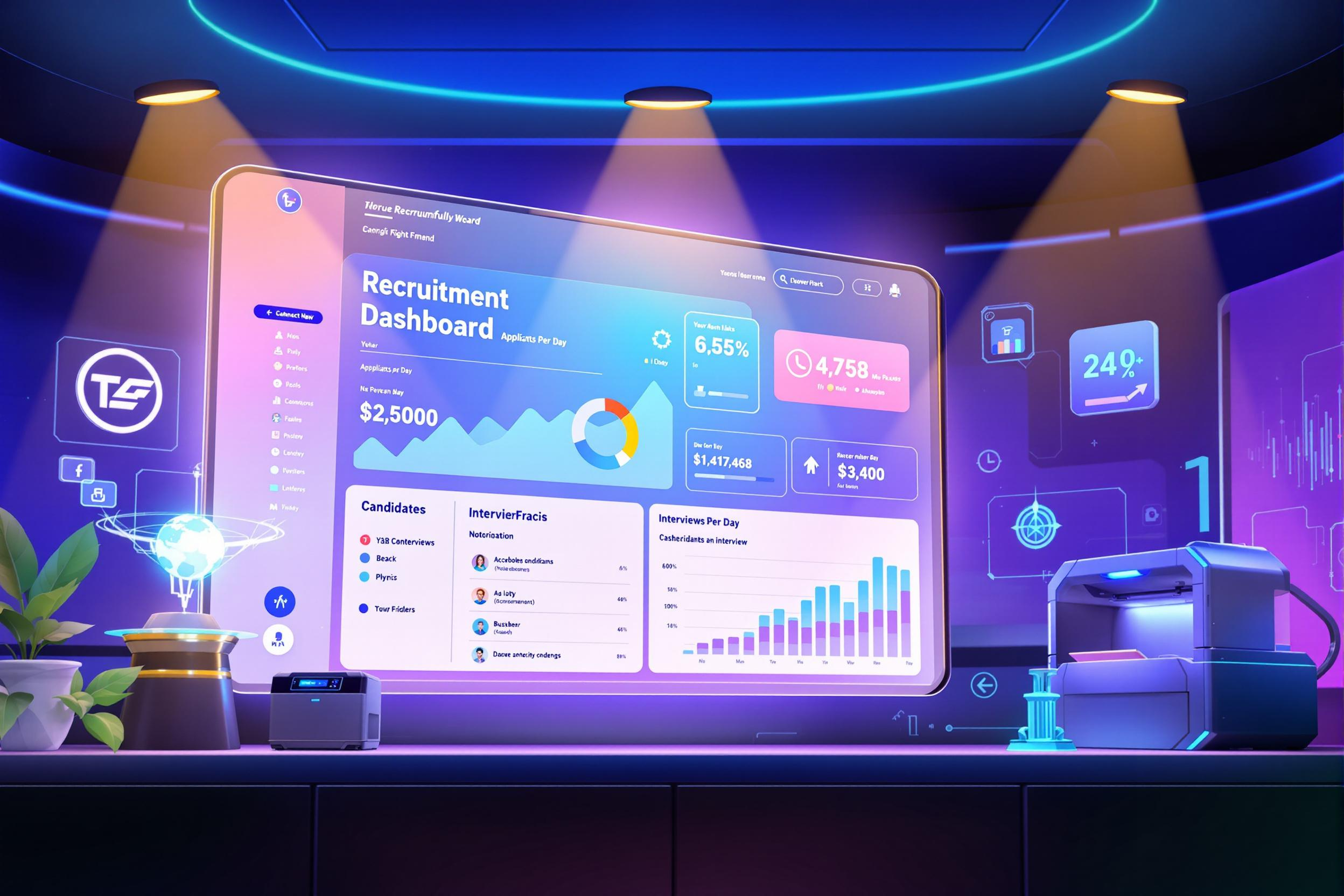
BOT
A BOT is a software program that performs automated tasks. Think of it like a digital worker that can handle repetitive jobs without human intervention. In infrastructure development, BOTs help manage and monitor systems, respond to basic issues, and handle routine maintenance tasks. They're particularly useful for tasks that need to be done 24/7 or require quick responses. Some people also call them "automated scripts," "robots," or "automated agents." BOTs can range from simple programs that check if systems are working correctly to more complex ones that can make basic decisions and respond to problems.
Examples in Resumes
Developed and maintained BOTs for automated infrastructure monitoring and alert response
Created BOTs and Automated Agents to handle routine system maintenance tasks
Implemented Robots for automated security scanning and incident response
Typical job title: "Infrastructure Automation Engineers"
Also try searching for:
Where to Find Infrastructure Automation Engineers
Online Communities
Job Boards
Professional Networks
Example Interview Questions
Senior Level Questions
Q: How would you design a BOT system to handle infrastructure scaling across multiple regions?
Expected Answer: A strong answer should explain how they would create automated systems that can monitor and adjust resources across different locations, ensure reliability, and handle emergency situations. They should mention backup plans and ways to track if everything is working correctly.
Q: Tell me about a complex automation project you've led and what challenges you faced.
Expected Answer: Look for answers that show they can manage large automation projects, work with different teams, and solve problems when things go wrong. They should explain how they made sure the automated system was reliable and safe to use.
Mid Level Questions
Q: How do you ensure BOTs don't cause problems when making automated changes?
Expected Answer: They should explain safety measures like testing changes in a separate environment first, having ways to quickly stop automated actions if needed, and keeping track of all changes made by the BOTs.
Q: How would you monitor if your BOTs are working correctly?
Expected Answer: Should discuss ways to track BOT performance, getting alerts when something goes wrong, and having backup plans ready. They should mention how they would keep records of what the BOTs are doing.
Junior Level Questions
Q: What's the difference between scheduled and event-driven BOTs?
Expected Answer: Should explain that scheduled BOTs run at specific times (like daily backups), while event-driven BOTs respond when something happens (like responding to an alert).
Q: What basic safety measures would you include in a BOT?
Expected Answer: Should mention basic safety features like having an emergency stop option, keeping records of actions, and testing thoroughly before letting the BOT run on real systems.
Experience Level Indicators
Junior (0-2 years)
- Basic automation script creation
- Understanding of automated monitoring
- Simple error handling in BOTs
- Basic system maintenance automation
Mid (2-5 years)
- Complex automation workflows
- Advanced error handling and recovery
- Integration with monitoring systems
- Performance optimization of BOTs
Senior (5+ years)
- Large-scale automation architecture
- Cross-platform BOT development
- Disaster recovery automation
- Team leadership and automation strategy
Red Flags to Watch For
- No experience with basic automation concepts
- Lack of understanding about safety measures in automation
- No knowledge of monitoring or logging practices
- Unable to explain how to handle errors in automated systems
Need more hiring wisdom? Check these out...

Why Chatbots Are Secretly Revolutionizing How We Hire (And Why You're Missing Out)

Talent Acquisition Automation: Revolutionizing Recruitment

From Wait Times to Chatlines: Why Chatbot-Based HR Self-Service Is the Future You've Been Avoiding

